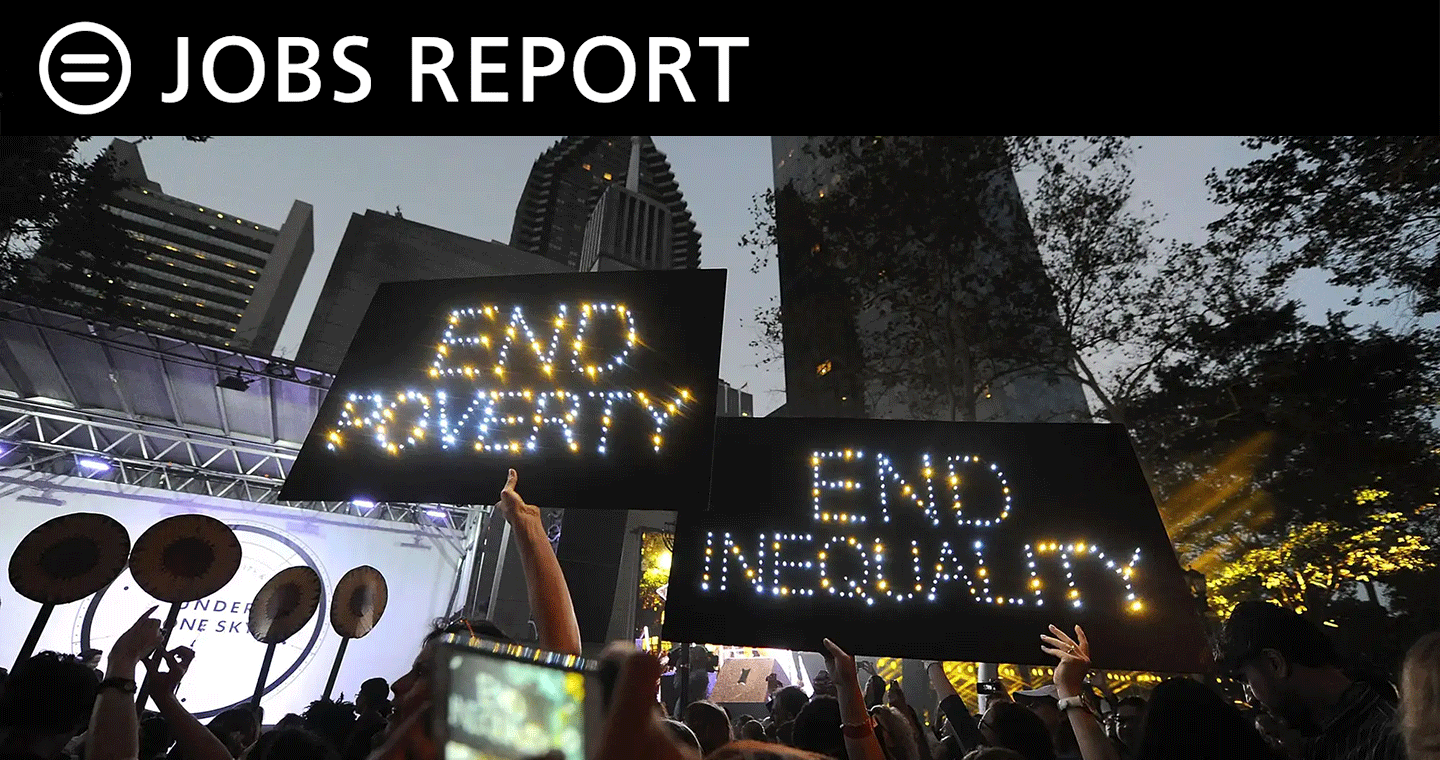August Jobs Report: Slowdown in Hiring and Backsliding on Equity Signal Warning Signs for the Recovery

By Bernard E. Anderson, Ph.D.
Whitney M. Young, Jr. Professor Emeritus, The Wharton School, University of Pennsylvania
Senior Economic Advisor, National Urban League
The August employment report reveals a slowing labor market that is beginning to reflect the uncertainty clouding the broader economy. Employers added 73,000 jobs in July, the smallest monthly gain in ten months. This follows a downward revision of previously reported job growth over the past year, subtracting more than a quarter of a million jobs from what had been believed to be stronger gains. The unemployment rate remained unchanged at 4.2 percent, but the tone of this report is markedly more subdued than in previous months.
The labor force participation rate was little changed, suggesting that workers are still engaged, but that hiring has lost momentum. This stagnation comes at a time when many employers appear reluctant to lay off staff but are also hesitant to bring on new workers. The result is a labor market that appears frozen, caught between uncertainty and caution. Economists refer to this phenomenon as labor hoarding, when firms choose to hold onto employees they already have, even as demand softens.
The composition of job growth this month highlights which sectors remain resilient and which are beginning to feel the strain. Health care continued to be the strongest performer, adding 55,000 jobs as demand for medical services remains robust. Retail saw moderate gains, increasing by nearly 16,000 jobs, and construction employment rose slightly with a 2,000-job increase. However, manufacturing employment declined by 1,100, and federal government jobs also fell by the same number. Leisure and hospitality, a sector that has fueled much of the recovery, added only 5,000 jobs, far below previous levels.
While overall employment rose slightly, the demographic breakdown tells a more troubling story. Black employment declined by 166,000 in July, while the unemployment rate for Black workers rose to 7.2 percent. At the same time, white employment fell by a much larger number—over 4.6 million—but the white unemployment rate held steady at 3.7 percent. The disparity between these two groups increased once again, with the Black-white unemployment ratio rising to 1.95. This erases much of the progress made earlier this year and signals a potential retreat from commitments to diversity, equity, and inclusion across both public and private employers. The data reflect a disturbing shift away from equal employment opportunity, despite continued public discussion about advancing equity in the workplace.
Despite the labor market’s loss of steam, the broader economy continues to grow. Gross Domestic Product increased by 3.0 percent in July and is up 2.7 percent compared to a year ago. Consumer spending remains strong, supported by a 4.1 percent annual increase in household earnings. Core inflation, which excludes food and energy prices, rose 2.7 percent in the second quarter. That number includes the effects of tariffs on Chinese goods, as well as the earlier tariffs on aluminum and steel. Tariffs imposed on Liberty Day in April are also still being felt, and further duties have been threatened by the administration if new trade agreements are not reached by August 1.
President Trump has made tariffs the centerpiece of his economic policy. He argues that tariffs will bring back manufacturing jobs and reduce the U.S. trade deficit. However, there is little evidence that tariffs lead to sustained domestic investment or job growth in manufacturing. On the contrary, trade wars tend to disrupt international commerce, raise consumer prices, and prompt retaliatory actions from trading partners. Although Canada and Mexico are excluded from the new round of proposed tariffs under the USMCA agreement, other major partners are not. These new tariffs are expected to be formally imposed through letters from the White House beginning this month.
While the Federal Reserve chose to leave interest rates unchanged at its most recent meeting, holding steady at a range of 4.25 to 4.50 percent, the implications of this jobs report will be closely watched in the months ahead. The outcome of ongoing trade negotiations will likely determine whether inflation continues to slow and whether economic growth remains stable. Consumer demand, now a central pillar of economic expansion, may soften if prices rise further or if job growth slows significantly.
The Federal Reserve is expected to review new data on inflation, labor market conditions, and consumer sentiment in its decision-making process this fall. With tariffs, immigration policy, and fiscal uncertainty still unresolved, the direction of the economy for the remainder of 2025 is far from certain.
What is clear from this month’s report is that the labor market is cooling, the equity gap is widening again, and employers are stepping back from the hiring optimism that defined earlier stages of the recovery. Policymakers must respond with clarity, strategy, and a renewed commitment to inclusive growth if the current expansion is to be sustained and shared broadly.

